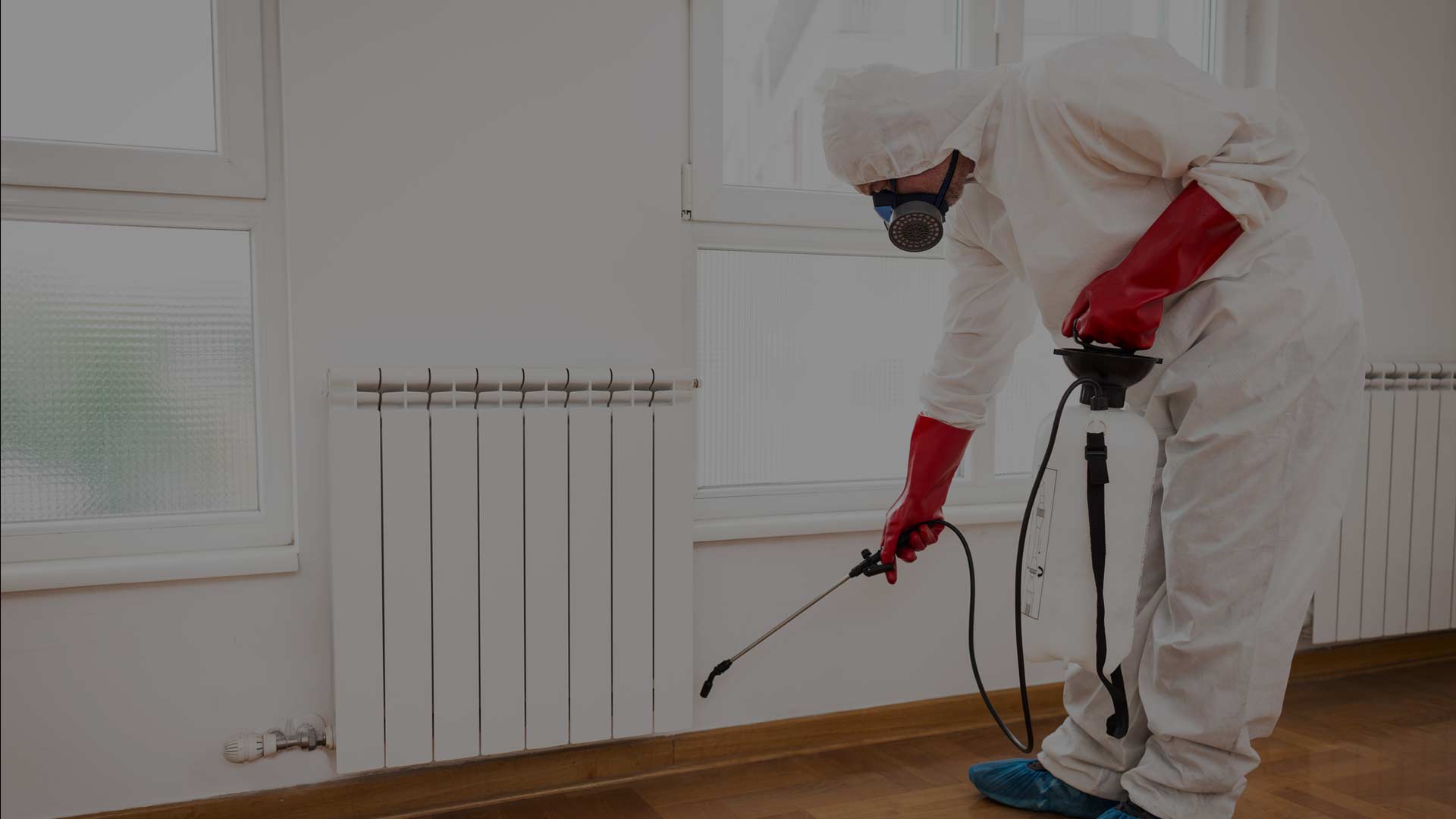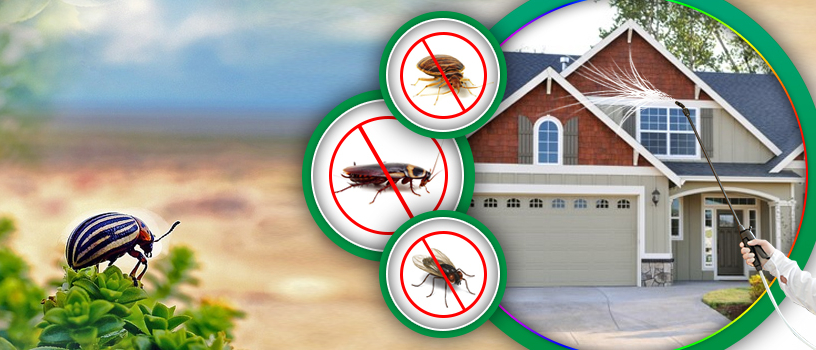Trusted Exterminator Near Me: Your Regional Pest Control Option!
Wiki Article
Specialist Pest Control Techniques for Long-Term Results
In the realm of pest control, attaining sustained efficacy and lasting outcomes calls for a precise technique that transcends plain elimination. Professional bug control methods envelop a detailed strategy that begins with a thorough inspection and analysis, followed by exact pest identification to understand their behavior patterns. The application of Integrated Pest Administration (IPM) concepts, paired with eco-conscious treatments, forms the keystone of lasting bug removal. Nonetheless, the true test hinges on the recurring surveillance and maintenance of the dealt with areas, making certain a pest-free environment for the direct future. By delving into the ins and outs of these strategies, a much deeper understanding of specialist parasite control methods for sustaining end results arises.Evaluation and Evaluation
Upon getting in a property for pest control services, the preliminary step is a thorough examination and assessment to determine the level of the problem and establish the most efficient therapy strategy. Expert insect control technicians are trained to carefully take a look at the properties, searching for signs of bug task such as droppings, chomp marks, nests, or any type of structural damages. They will certainly also assess the conditions that might be attracting pests, such as food resources, water leaks, or entrance factors.
Insect Recognition and Actions

Moreover, understanding the habits of the identified pest is crucial to implementing effective control actions. Recognizing where bugs nest, what they feed on, and their task patterns can help pest control professionals develop techniques to eliminate them effectively. Some pests may be nighttime, while others are extra energetic during the day. This expertise enables for the application of treatments at ideal times for maximum performance.
Integrated Bug Administration (IPM)
Integrated Bug Management (IPM) methods combine multiple techniques to manage and prevent insect problems in a lasting and eco-friendly fashion. exterminator. By integrating approaches such as organic control, environment control, alteration of cultural methods, and the usage of immune selections, IPM aims to decrease making use of chemical pesticidesAmong the essential principles of IPM is the emphasis on prevention. This aggressive method entails tracking pest populations regularly to identify any kind of potential problems before they escalate. By determining insect troubles beforehand, pest control measures can be executed swiftly and effectively.
In addition, IPM promotes using safe bug control techniques whenever feasible. This can include employing natural killers of the insects, presenting valuable pests, or utilizing scents to disrupt mating patterns. By decreasing reliance on chemical pesticides, IPM not only protects the atmosphere yet also aids keep a balance in the community.
Environmentally-Friendly Therapies
Implementing eco-conscious techniques in parasite control treatments can effectively address problems while prioritizing ecological sustainability. Environmentally-friendly therapies focus on minimizing the impact of bug control methods on communities, non-target visit homepage microorganisms, and human wellness. These approaches usually entail making use of natural killers, such as ladybugs or nematodes, to regulate pest populaces, lowering the need for chemical treatments. Furthermore, techniques like environment manipulation, such as changing wetness levels or getting rid of food resources, can help prevent bugs without using damaging compounds.An additional trick pest repeller element of environmentally-friendly treatments is the usage of natural and eco-friendly items that damage down swiftly without leaving harmful deposits in the environment. Agricultural insecticides stemmed from plants like chrysanthemums or neem use reliable pest control while positioning minimal threat to non-target types. Additionally, employing techniques like warmth therapies or pheromone traps can target particular bugs with accuracy, minimizing the general ecological influence of parasite control techniques.
Recurring Surveillance and Upkeep
Regular inspections by qualified specialists are needed to recognize any signs of parasite task, analyze the effectiveness of previous therapies, and make changes to the bug control strategy as needed. By checking parasite populaces over time, pest control professionals can track trends, anticipate potential concerns, and carry out precautionary actions to reduce the danger of future problems.
In addition to tracking, upkeep techniques are essential for long-term parasite control success. This includes carrying out correct hygiene procedures to get rid of prospective food and water sources for pests, securing off entrance indicate protect against bugs from entering the facilities, and dealing with any kind of architectural problems that could promote insect problems (bed bug dog). By incorporating continuous tracking and maintenance into an integrated bug administration method, organizations can guarantee a pest-free atmosphere and safeguard their building against costly damage and wellness threats
Final Thought
To conclude, using professional bug control strategies such as comprehensive assessment and assessment, precise parasite identification and understanding of their behavior, incorporated insect monitoring approaches, environmentally-friendly therapies, and recurring tracking and upkeep are essential for achieving long-lasting cause parasite like this control. By applying these approaches, people can effectively manage bug invasions and keep a pest-free atmosphere in a lasting fashion.Report this wiki page